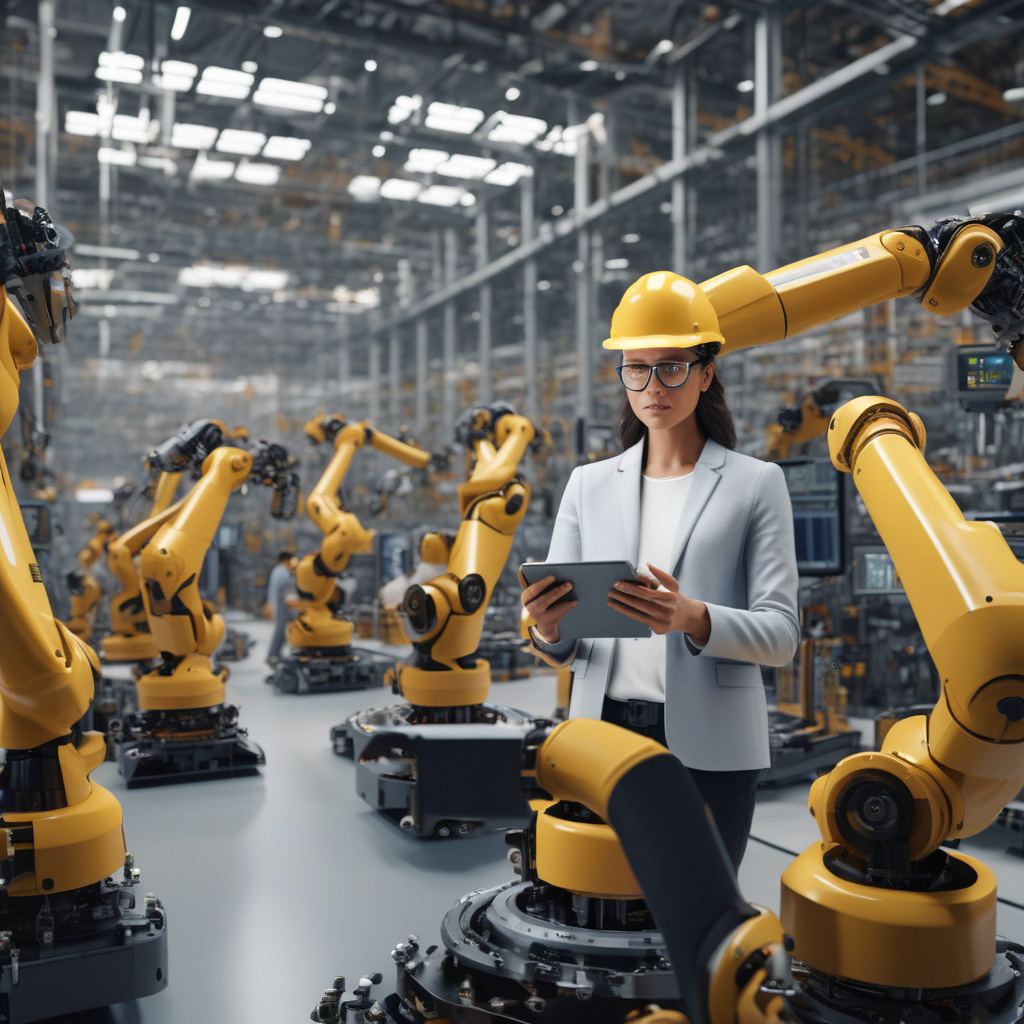AI in Manufacturing: The Rise to Prominence Amidst a Looming Skills Gap
Artificial intelligence (AI) is no longer just a buzzword or a futuristic concept; it has seamlessly integrated itself as a cornerstone of manufacturing strategies worldwide. The shift from being merely experimental to becoming an indispensable part of the manufacturing landscape is evident, as highlighted in the inaugural Manufacturing Outlook report by the prominent B2B marketplace, Xometry. However, even as AI proliferates within the sector, a significant skills gap threatens to impede its progress.
The report, which draws insights from surveys conducted among executives in the United States, United Kingdom, and Europe, underscores the pivotal role that AI now plays in shaping manufacturing operations. A staggering 82% of manufacturers surveyed acknowledged the transformative power of AI, indicating a widespread recognition of its potential to drive efficiency, productivity, and innovation within the industry.
One of the key implications of AI’s ascension in manufacturing is its ability to optimize processes, enhance decision-making, and revolutionize the way products are designed, produced, and delivered. From predictive maintenance and quality control to supply chain management and demand forecasting, AI-powered technologies are enabling manufacturers to unlock new levels of agility and competitiveness in an increasingly digital-centric era.
Despite the promising outlook that AI offers, the report also sheds light on a pressing concern – the widening skills gap that poses a significant challenge to the seamless adoption and harnessing of AI capabilities within manufacturing settings. As AI technologies become more sophisticated and pervasive, the demand for skilled professionals who can develop, implement, and manage these tools is outpacing the availability of such talent.
Addressing the skills gap in AI demands a multifaceted approach that involves upskilling the existing workforce, fostering collaboration between industry and educational institutions, and attracting new talent that is well-versed in AI technologies. Manufacturers must prioritize investing in training programs, reskilling initiatives, and knowledge-sharing platforms to equip their employees with the competencies needed to leverage AI effectively.
Furthermore, partnerships between industry players, government bodies, and academic organizations can play a pivotal role in bridging the skills gap by creating tailored educational pathways, internships, and apprenticeship programs that align with the evolving needs of the manufacturing sector. By nurturing a talent pool that is proficient in AI and related technologies, manufacturers can not only overcome the skills shortage but also drive continuous innovation and growth.
In conclusion, the ascent of AI as a cornerstone of manufacturing signifies a paradigm shift that promises to reshape the industry’s future. However, realizing the full potential of AI hinges on overcoming the challenges posed by the widening skills gap. By prioritizing skills development, fostering collaboration, and nurturing talent, manufacturers can position themselves at the forefront of the AI revolution and unlock unprecedented opportunities for sustainable growth and competitiveness in the digital age.
#AI, #Manufacturing, #SkillsGap, #DigitalTransformation, #Innovation
